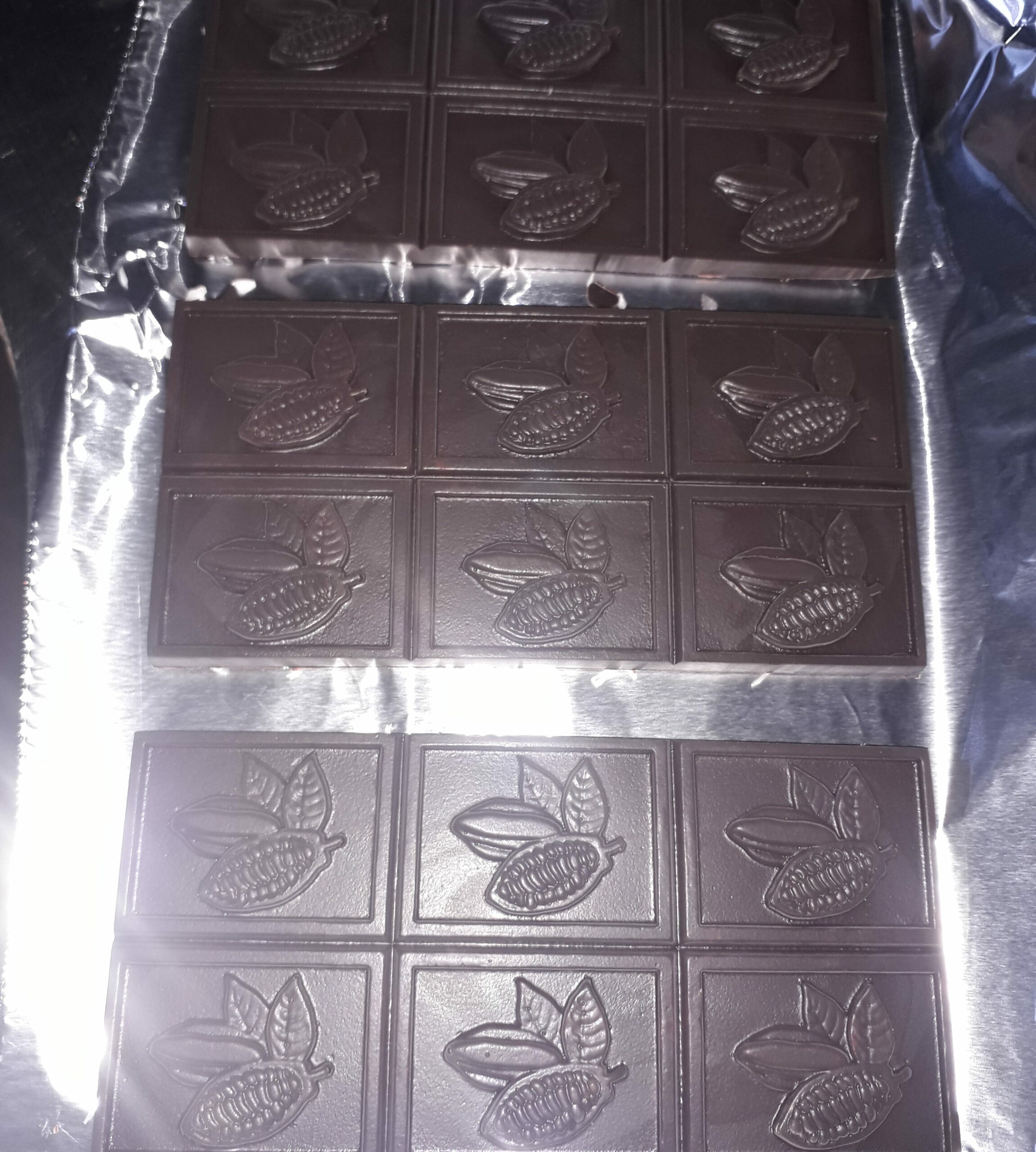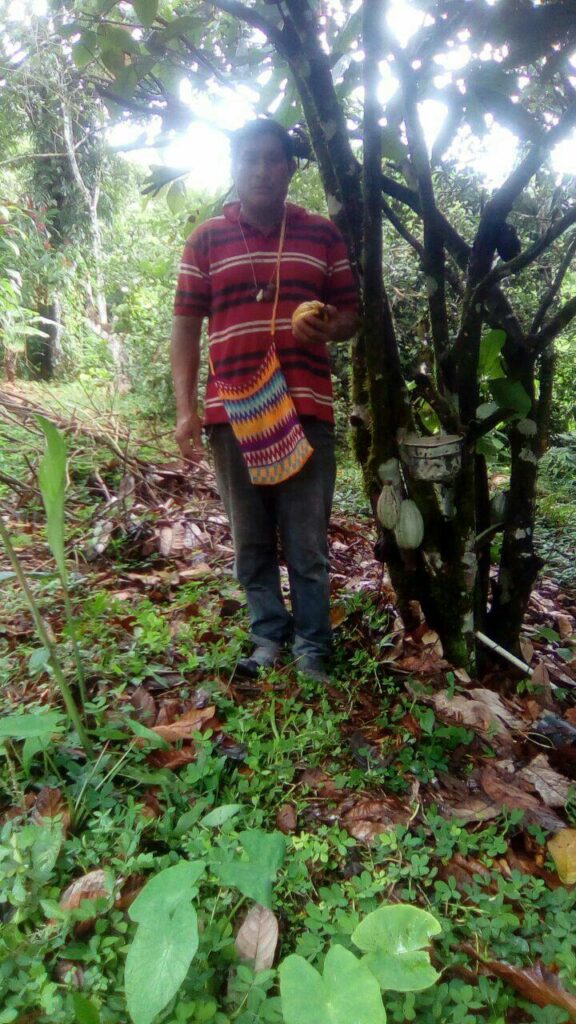
Single Estate : Ngobe Indigenous Community Organic & Fair Trade. (image of a bar made here in the cafe)
The Artisanal Chocolate movement has been around for just over 20 years, and it has influenced the chocolate making industry deeply. From a candy it transformed into a luxury product with recognizable health benefits and better quality. From a reckless industry, it is turning into a more ethical and quality driven product.
Good Chocolate is made out of good Cacao, so the research for quality Cacao Beans brought a new added role for the Cacao who became almost the main character in the production. Farmers start to deal with Chocolate makers who really care about their condition instead of middle men with big corporations behind.
This kind of trade is called Direct Trade which in most of the case is better than Fair Trade.
Terroir and different varieties of Cacao has been used in enhancing the unique notes of all the single origins. In the big Industrial production, Cacao from different nations were blended, making it impossible to trace back original taste and flavors behind the Single Origin of those beans. The Artisanal movement focuses on Single Origin and recently pushed it even more, Cacao Beans from a particular farm are used to produce Single Estate Chocolate.
Big companies now, as for example Ritter Sport is producing few Single Origin Cacao Bars. I believe that one of the main reasons why this change is happening is because this new Chocolate movement is opening the eyes of different people on what Chocolate should taste like and how much the origin and variety of the Cacao Plant does influence the final result. For Centuries, Cacao varieties were divided into three main types Criollo, Forastero & Trinitario. We now know for sure that it is way more than that, but I still believe this is the best way to understand the Cacao world in a more simpler way.
Criollo is the Original Plant, the one Mayans and Aztecs used. It is famous for its fine flavor, but the yield (referring to the annual production of the tree) is small and in addition it is really sensitive to diseases, which unfortunately made it very rare. Diseases literally destroyed monoculture Criollo plantation, starting in 1860 in Brazil, making its way into Costa Rica in 1970 and finishing in Mexico in 2014. That is the reason less than 1% of the world’s Cacao production is Criollo.
Forastero is around 95% of the World’s Cacao production due to its bigger yield, and resistance to diseases. However, it is not popular for the flavor as much as the other two. There are a few Forasastero beans renowned for their fine flavor. My advice is to not judge the bar by the type of bean only, but to also consider other factors. I will dedicate a whole article to help you choose the right Chocolate Bar.
Trinitario is a hybrid of Criollo and Forastero. The creation of this new genetic of Cacao Bean started in Trinidad and Tobago, where it takes its name. It is considered a fine flavored Cacao. The annual production is higher than Criollo and it is disease resistant. It is approximately 4% of the World’s production.

I started this journey of chocolate making with one of the main goals in mind to support Indigenous Communities, especially one, the Ngobe Community here in Costa Rica; who I have established a very good relationship with. This is common practice amongst Artisanal Chocolate makers which makes me proud to belong to this category.
Big names in the Small Industry are passionate about how they relate to the farmers and their communities. Different projects are making a difference into their lives.
The well being of the farmers will contribute to a better Cacao so a better Chocolate. They visit the farm and they get to know the people who produce the cacao they use so they want them happy. I started to make Chocolate more professionally mostly for the purpose of helping them sell more Cacao which is completely in line with the Non profit events that I organize for the purpose of sharing their culture. Cacao is part of their Culture so everything make sense.
I pay twice the price for the Forastero beans . One of the improvements we had is that now they separate Cacao Amarillo( Forastero) from Cacao Rojo
(Criollo). For the Criollo, I pay two and half the asking price.
In Summary, good Chocolate is often expensive because of its uniqueness. A good Chocolate Maker would get the best out of those beans, as a result of hard work. You are often eating a better product and the farmers are empowered to sustain themselves and their families, and are supported to continuously prefect their methods. I feel a privilege to have this opportunity and the drive to make people happy whilst helping myself and others!
Gianni Simei; Indigena Cafe & Chocolate Creator.